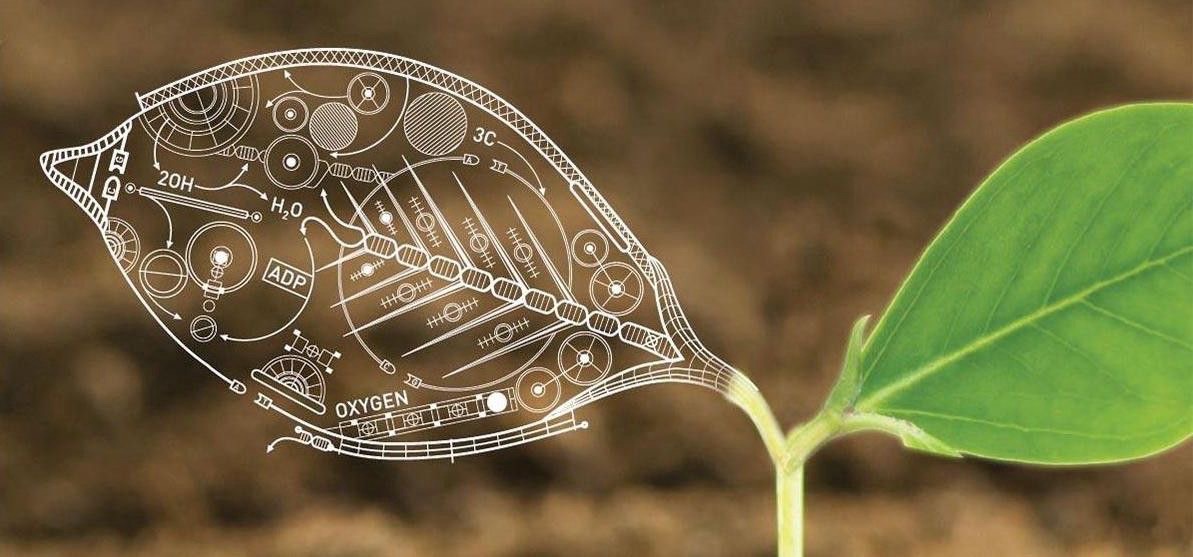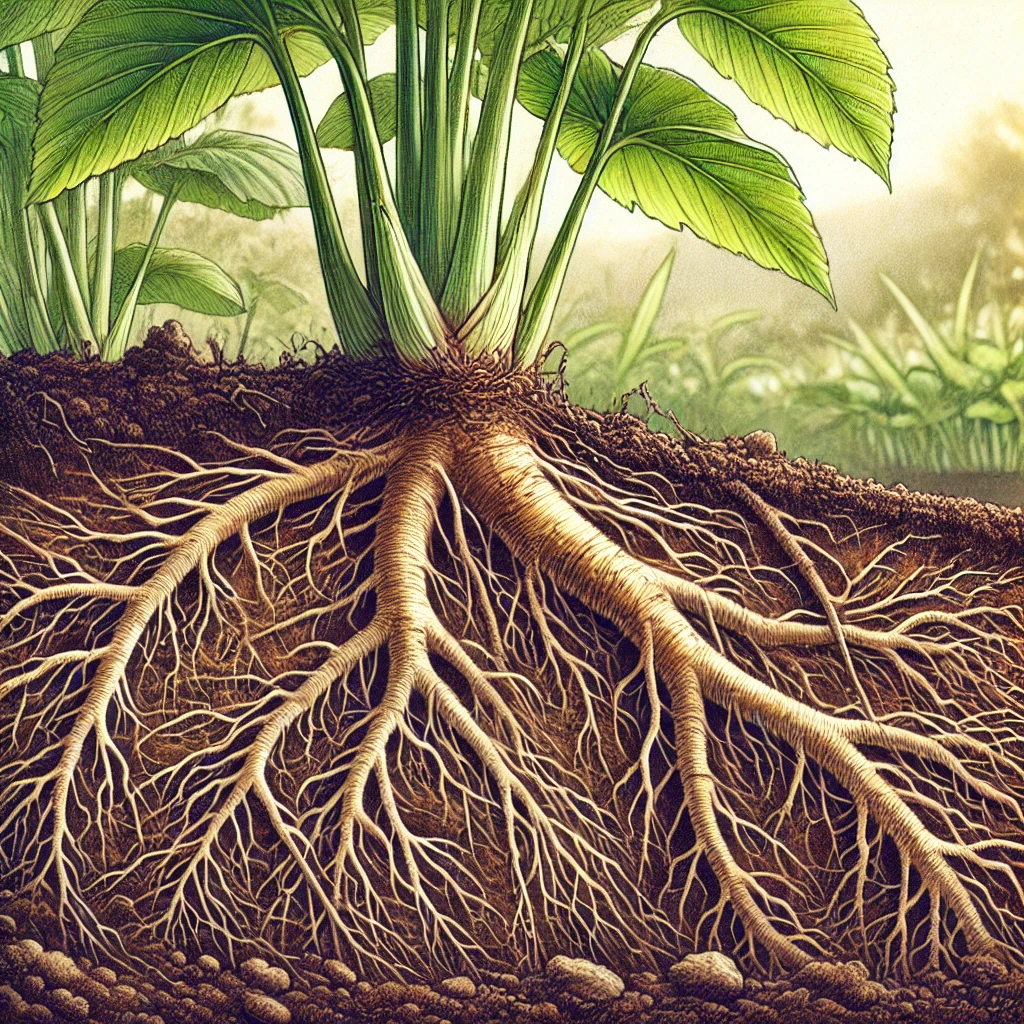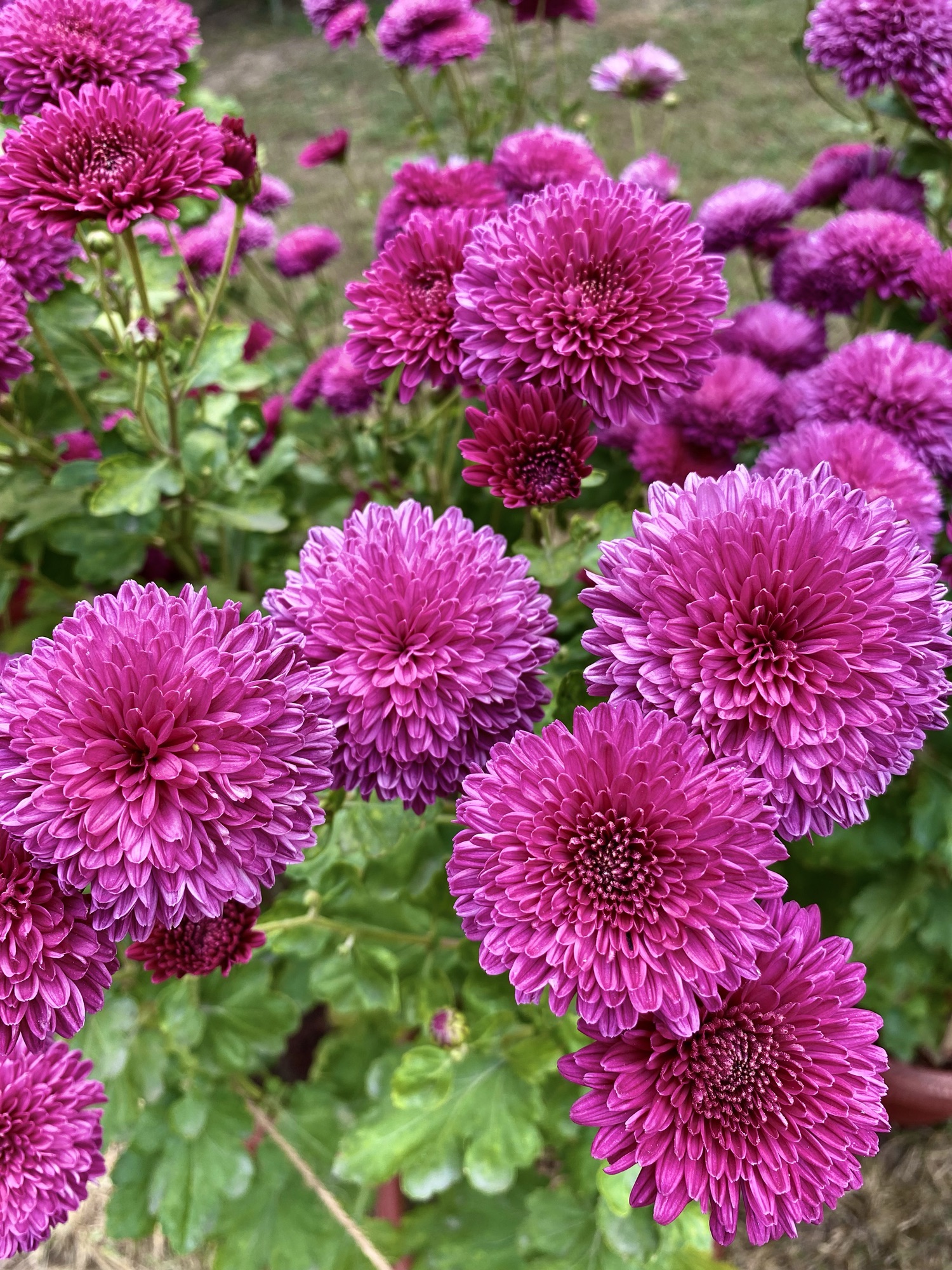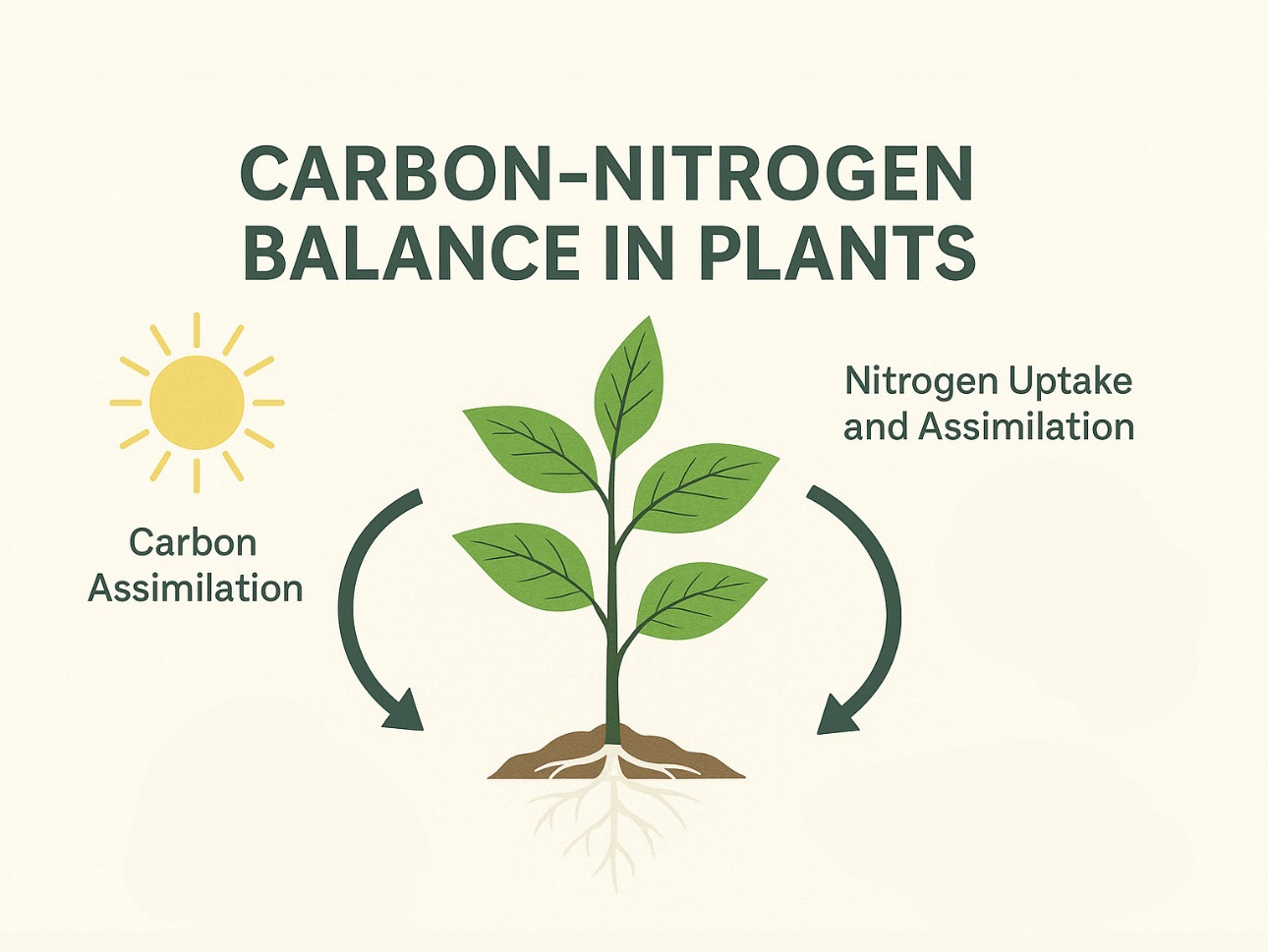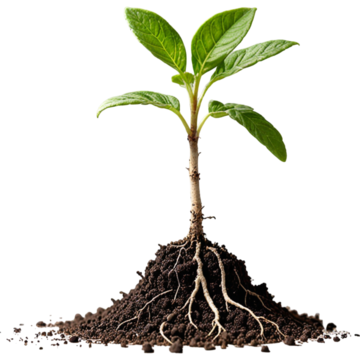Photosynthesis is the fundamental process that allows plants to convert light energy into chemical energy, supporting their growth and survival. However, light availability varies significantly depending on factors such as time of day, season, plant canopy structure, and environmental conditions. To cope with these variations, plants have evolved multiple strategies to optimize photosynthesis under different light conditions. These strategies include adjusting leaf morphology, modulating chloroplast movements, optimizing light-harvesting efficiency, regulating stomatal behavior, and employing photoprotective mechanisms to prevent damage from excess light.
Light Absorption and Leaf Morphology
Plants growing in different light environments exhibit variations in leaf structure to optimize photosynthesis. Sun-loving plants, or heliophytes, generally have smaller, thicker leaves with a high density of chloroplasts in their palisade mesophyll cells. These adaptations allow for efficient light capture and higher photosynthetic rates under intense sunlight. In contrast, shade-tolerant plants, or sciophytes, have thinner leaves with a larger surface area, increasing their ability to absorb diffuse light. Additionally, shade leaves tend to have more chlorophyll per unit area, enhancing their ability to capture the limited light available under a dense canopy.
In some species, plants can also adjust their leaf orientation in response to light intensity. Heliotropic plants exhibit solar tracking, where their leaves reorient throughout the day to maximize light absorption when light levels are low or to minimize exposure when the sunlight is too intense. This movement helps regulate light capture efficiency, ensuring optimal photosynthesis while reducing the risk of photoinhibition.
Chloroplast Movements for Light Optimization
Plants can actively reposition their chloroplasts within cells to regulate light absorption. Under low-light conditions, chloroplasts migrate to the periclinal walls of cells, increasing their exposure to available light. Conversely, under high-light conditions, chloroplasts move to the anticlinal walls, reducing direct exposure and minimizing photodamage. This mechanism, known as chloroplast photorelocation, is controlled by blue light receptors such as phototropins, which trigger the redistribution of chloroplasts in response to varying light intensities.
Chloroplast movement plays a crucial role in balancing photosynthetic efficiency and photoprotection. By optimizing their positions, chloroplasts can enhance light capture when needed and avoid excessive light absorption that could lead to oxidative stress. This dynamic response is particularly important for plants exposed to fluctuating light environments, such as those found in dense forests or agricultural fields where shading occurs due to moving clouds or canopy gaps.
Light-Harvesting Complexes and Photosynthetic Adaptations
The efficiency of photosynthesis is highly dependent on the ability of plants to absorb and utilize light energy effectively. The light-harvesting complexes (LHCs) associated with photosystem I (PSI) and photosystem II (PSII) play a key role in capturing photons and transferring excitation energy to reaction centers. Plants can modify the composition and distribution of these complexes in response to changing light conditions.
Under high-light conditions, plants may reduce the number of light-harvesting complexes to prevent excessive energy absorption, which could lead to the formation of reactive oxygen species (ROS) and cellular damage. In contrast, under low-light conditions, plants increase the synthesis of LHC proteins and chlorophyll to maximize light absorption. Additionally, state transitions, a short-term response to light fluctuations, enable the redistribution of excitation energy between PSI and PSII. This process helps maintain a balance in the electron transport chain, optimizing photosynthetic efficiency.
Another important adaptation is the use of different photosynthetic pathways. C3 plants, which include most temperate species, rely on the Calvin cycle to fix carbon dioxide under moderate light conditions. However, in environments with high light intensity and temperature, C4 plants, such as maize and sugarcane, use a specialized carbon fixation pathway that minimizes photorespiration and enhances efficiency. Similarly, CAM (Crassulacean Acid Metabolism) plants, such as cacti and succulents, open their stomata at night to fix CO₂, reducing water loss while still optimizing photosynthesis during the day. These biochemical adaptations enable plants to thrive in diverse light environments.
Stomatal Regulation and CO₂ Availability
Stomatal regulation plays a crucial role in optimizing photosynthesis under different light conditions by balancing CO₂ uptake with water conservation. In low-light environments, such as early mornings, late evenings, or shaded conditions, photosynthetic activity slows due to limited light energy, reducing the demand for CO₂. As a result, plants partially close their stomata to minimize unnecessary water loss, since transpiration rates are also lower in dim conditions. Conversely, under bright sunlight, photosynthesis operates at a higher rate, requiring more CO₂ for carbon fixation. To meet this demand, plants open their stomata wider, facilitating greater CO₂ diffusion into mesophyll cells while also increasing transpiration, which helps cool the leaf. However, excessive water loss under intense sunlight may trigger partial stomatal closure to prevent dehydration, demonstrating the finely tuned balance between maximizing photosynthesis and maintaining water efficiency.
Excessive light exposure, particularly during midday when solar radiation and temperatures are at their highest, can significantly increase transpiration rates, leading to rapid water loss and potential dehydration. To mitigate this, plants employ various physiological and structural adaptations to balance water conservation with efficient photosynthesis. One immediate response is partial stomatal closure, which reduces water vapor loss while still allowing some CO₂ diffusion for photosynthesis. This midday stomatal regulation, known as midday depression of photosynthesis, is common in many plants, especially those in hot and dry climates, where excessive transpiration could lead to severe water deficits. Additionally, plants in arid environments have evolved specialized adaptations such as sunken stomata, where stomatal pores are recessed into small pits, reducing direct exposure to dry air and limiting water loss through transpiration. Another common adaptation is the development of thick cuticles, which are waxy outer layers that act as a barrier to moisture loss while reflecting excess sunlight to reduce heat absorption. Some desert plants, such as succulents, also employ Crassulacean Acid Metabolism (CAM) photosynthesis, where stomata remain closed during the day to prevent water loss and open only at night to capture CO₂, storing it for use in photosynthesis the next day. These adaptations collectively enable plants to survive and maintain photosynthetic efficiency even under extreme light and heat conditions.
Photoprotection: Avoiding Light-Induced Damage
While light is essential for photosynthesis, excessive light exposure can cause photoinhibition, a condition in which photosystem II becomes damaged due to overexcitation. To prevent this, plants have developed photoprotective mechanisms that dissipate excess energy as heat, a process known as non-photochemical quenching (NPQ). This response is facilitated by carotenoids, particularly zeaxanthin, which helps safely release excess absorbed energy.
Additionally, plants produce antioxidants such as ascorbate, tocopherols, and glutathione to neutralize reactive oxygen species generated under high-light conditions. These molecules protect cellular components from oxidative damage and help maintain the stability of photosynthetic machinery. In some cases, plants may even shed older leaves that have been damaged by prolonged light stress, redirecting resources to healthier foliage.
Conclusion
Plants have evolved a wide range of strategies to optimize photosynthesis under different light conditions. Through structural adaptations such as leaf morphology and chloroplast movements, biochemical adjustments in light-harvesting complexes, and physiological regulations involving stomatal behavior and photoprotection, plants efficiently manage light absorption and utilization. These mechanisms enable them to survive and thrive in diverse environments, from shaded forest floors to open grasslands and arid deserts. Understanding these adaptations not only enhances our knowledge of plant biology but also holds potential for improving crop productivity and resilience in changing climatic conditions.
References
1. Björkman, O. (1981). Responses to different quantum flux densities. Physiological Plant Ecology I, 57–107. Springer.
2. Demmig-Adams, B., & Adams, W. W. (1996). The role of xanthophyll cycle carotenoids in the protection of photosynthesis. Trends in Plant Science, 1(1), 21–26.
3. Foyer, C. H., & Noctor, G. (2005). Oxidant and antioxidant signaling in plants: A re-evaluation of the concept of oxidative stress in a physiological context. Plant, Cell & Environment, 28(8), 1056–1071.
4. Lichtenthaler, H. K., & Buschmann, C. (2001). Chlorophylls and carotenoids: Measurement and characterization by UV-VIS spectroscopy. Current Protocols in Food Analytical Chemistry, F4.3.1–F4.3.8.
5. Raghavendra, A. S., & Sage, R. F. (2010). C4 photosynthesis and climate change. In Photosynthesis in silico (pp. 419–434). Springer.
6. Taiz, L., Zeiger, E., Møller, I. M., & Murphy, A. (2018). Plant Physiology and Development (6th ed.). Sinauer Associates.
7. Walters, R. G. (2005). Towards an understanding of photosynthetic acclimation. Journal of Experimental Botany, 56(411), 435–447.
8. Zhang, R., Wise, R. R., Struck, K. R., & Sharkey, T. D. (2010). Moderate heat stress primarily affects the oxygen-evolving complex of photosystem II. Plant Physiology, 152(1), 505–514.






